🚀 Kubernetes Alternatives (Nomad, Fly.io, K3s): Simplifying Cloud-Native Deployments
Kubernetes has become the gold standard for container orchestration, powering large-scale cloud-native applications worldwide. However, its complexity, steep learning curve, and significant resource requirements can sometimes make it overwhelming — particularly for small teams, startups, or edge deployments. Thankfully, there are several modern Kubernetes alternatives that aim to simplify orchestration, reduce overhead, and provide more flexibility. In this blog, we explore Nomad, Fly.io, and K3s, highlighting how they can fit different use cases.
1. Nomad: Lightweight, Multi-Platform Orchestration
Nomad, developed by HashiCorp, is a lightweight, single-binary orchestrator designed to schedule and manage workloads efficiently. Unlike Kubernetes, which focuses exclusively on containers, Nomad can manage containers, virtual machines, and even traditional applications.
Key Advantages:
-
Simplicity: Easy to install and operate with minimal overhead.
-
Versatility: Supports multiple workload types beyond containers.
-
Seamless Integration: Works well with HashiCorp tools like Consul for service discovery and Vault for secret management.
-
Scalability: Capable of managing both small clusters and enterprise-scale deployments.
Nomad is particularly appealing for organizations that want a reliable, simpler orchestration solution without diving deep into Kubernetes complexity.
2. Fly.io: Edge-First Application Deployment
Fly.io focuses on global edge deployments, enabling developers to run applications closer to end-users worldwide. It abstracts the underlying infrastructure, automatically handling scaling, networking, and routing.
Key Advantages:
-
Global Edge Infrastructure: Apps run near users, reducing latency and improving performance.
-
Developer-Friendly: Easy deployment with GitHub integration and CLI tools.
-
Auto-Scaling: Built-in scaling adjusts resources based on traffic without manual intervention.
-
Multi-Language Support: Compatible with multiple programming languages and frameworks, from Node.js to Go and Python.
Fly.io is ideal for startups and SaaS companies that want high-performance applications without managing complex infrastructure.
3. K3s: Lightweight Kubernetes for Edge and IoT
K3s, created by SUSE (originally Rancher Labs), is a lightweight, fully certified Kubernetes distribution. It’s designed to be easy to install and operate, consuming minimal resources while still offering all Kubernetes functionality.
Key Advantages:
-
Small Footprint: Perfect for IoT devices, edge deployments, and development environments.
-
CNCF Certified: Compatible with Kubernetes APIs, making migration seamless.
-
Simple Setup: Minimal dependencies and a streamlined installation process.
-
Supports Modern Workloads: Can handle containers, microservices, and Helm charts like standard Kubernetes.
K3s is the go-to choice for teams who want Kubernetes power without the heavy operational burden.
🌐 Choosing the Right Alternative
While Kubernetes remains the top choice for large-scale, enterprise-grade deployments, alternatives like Nomad, Fly.io, and K3s provide meaningful advantages depending on your needs:
| Alternative | Best For | Key Strengths |
|---|---|---|
| Nomad | Hybrid and multi-cloud workloads | Simplicity, multi-workload support, lightweight orchestration |
| Fly.io | Global, latency-sensitive apps | Edge deployments, auto-scaling, developer-friendly |
| K3s | Edge devices, IoT, dev environments | Lightweight Kubernetes, easy setup, full API compatibility |
Choosing the right tool depends on factors such as team size, application complexity, deployment scale, and resource constraints.
❓ Frequently Asked Questions (FAQs)
Q1: Why should I consider alternatives to Kubernetes?
A1: Kubernetes can be complex and resource-intensive. Alternatives like Nomad, Fly.io, and K3s offer simpler management, faster deployment, and lower overhead, making them suitable for smaller teams or specialized use cases.
Q2: Is K3s fully compatible with Kubernetes?
A2: Yes. K3s is CNCF-certified, supporting standard Kubernetes APIs, Helm charts, and tools while using less memory and CPU.
Q3: Can Nomad replace Kubernetes entirely?
A3: For many small to medium workloads, yes. Nomad handles containerized and non-containerized workloads effectively, though it lacks the large ecosystem of Kubernetes.
Q4: Is Fly.io production-ready?
A4: Absolutely. Fly.io is designed for global deployments, auto-scaling, and high availability, making it suitable for production-grade web applications and APIs.
Q5: Which alternative is best for edge and IoT deployments?
A5: K3s is ideal for lightweight edge and IoT use cases, whereas Fly.io excels in globally distributed applications with low-latency requirements.
Q6: Can these alternatives work with existing DevOps pipelines?
A6: Yes. All three integrate with CI/CD pipelines, and Nomad or K3s especially fit well in GitOps workflows.













 2025. All rights reserved
2025. All rights reserved